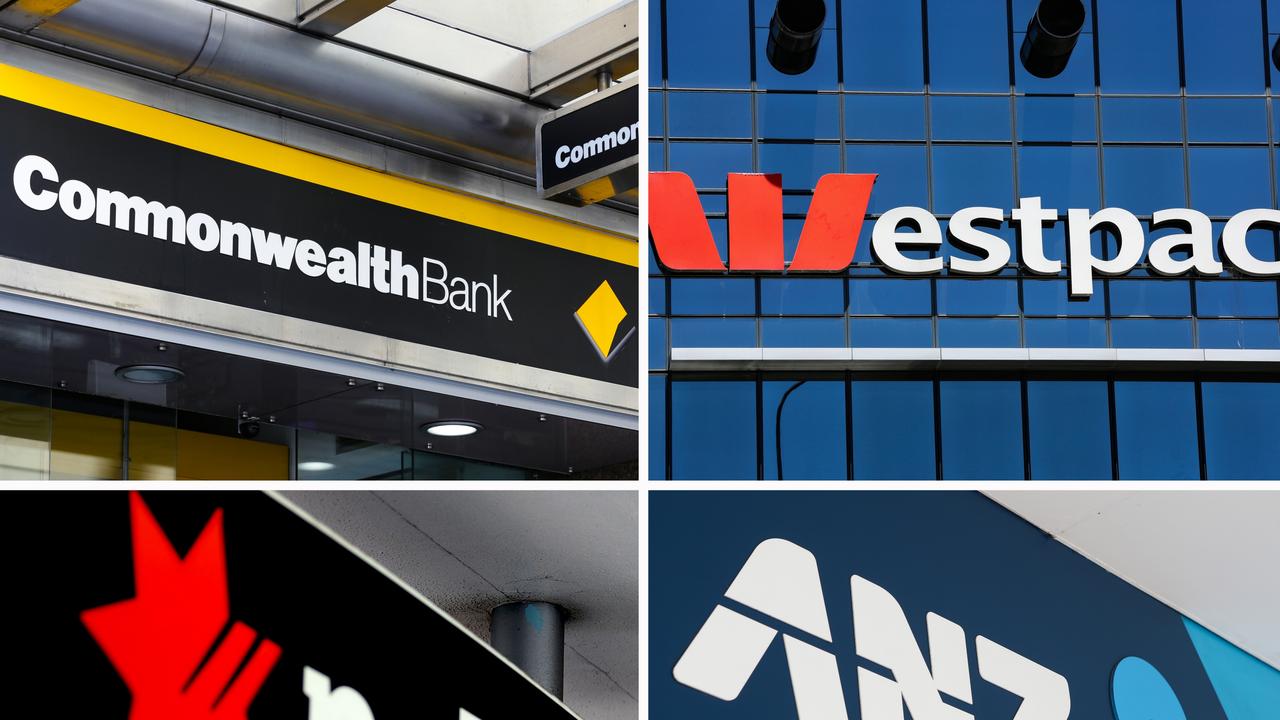National story of property prices is not reflective of many markets in Australia
The Australian property market is showing signs of slow recovery – but not every homeowner is making a profit from the rebound.

Australia’s insane property prices have created some pretty big losers – and it is not just the younger generations missing out.
Australian property prices are still among the highest in the world compared with income, with Sydney and Melbourne’s real estate prices particularly soaring.
For this reason, the Government has introduced a range of new initiatives to help Australia’s younger generations get their foot in the door.
One of those initiatives, the First Home Loan Deposit Scheme, allows for 10,000 eligible homebuyers to purchase their first property with a 5 per cent deposit – instead of the usual 20 – thanks to the Government guaranteeing the mortgages.
That scheme kicked off this year, but it was, in fact, last year that marked the biggest surge in first-home buyers on the market.
However, CoreLogic research director Tim Lawless told news.com.au the surge of new buyers would not last, particularly as investors retturned to the market.
Mr Lawless said as property prices climbed, investors would return as there was money to be made.
“Investor activity is likely to ramp up as the prospects for capital gain start to become more widespread and the spread between rental yields and mortgage rates remains around record lows,” he said.

Investors have in the past been blamed for the high property prices and causing both rent and affordability to spike.
FEELING THE PAIN
However, recent figures show investors may not be making the money they used to.
According to the latest CoreLogic Pain and Gain report, 16.6 per cent of investor-owner properties nationally sold for a loss last quarter.
This happened in every market across the country except Hobart, but CoreLogic analyst Eliza Owens warned about just looking at the national story.
“It’s hard because we see the gains in the national markets, but realistically there has been weakness in many subsections like the mining communities, like in Perth and Darwin and even in apartments,” she said.
According to Ms Owen, the biggest gaps were found in capital cities where 17.2 per cent of investors sold properties at a loss compared with 11.1 per cent of owner-occupants.
Cities like Darwin and Adelaide were at least 20 percentage points different, and even in Melbourne there was a gap of 9 percentage points.
However, Ms Owen said this was normal as, typically, investors did not place the same care in a property as owner-occupants.
“Investors don’t have the same stake in it, so there isn’t the same relationship to the property,” she said.
“The other thing is investors may be more capable of copping a loss because they can offset it with future capital gains.”
MARKET CYCLES
Realestate.com.au chief economist Nerida Conisbee told news.com.au investor troubles were also caused by issues relating to the stage of the cycle the market was in.

“We tend to see this at the early stages of recovery where the premium quality suburbs see a rebound which typically isn’t where the investors are,” she said.
There were other practical reasons why investors were missing out, Ms Conisbee said, most of which related to the types of properties investors tended to hold.
“Apartments don’t outperform houses in Australia on average, and investors tend to be more focused on those,” she said.
Investors are focused on lower price and lower cost areas, and at this stage in the cycle they will continue to miss out.
“It’s just a matter of time. The market conditions have premium leading the way, but the lower end of the market will catch up,” Ms Conisbee said.
PRICE HIKES
It seems it won’t take long for the markets to rebound as the latest data found that house prices climbed in every capital city across January.
CoreLogic’s data showed the nation’s annual house price growth rate to January was 4.1 per cent, with the median dwelling price in Sydney for January resting at $862,814.
Mr Lawless said housing remained more affordable relative to the highs of 2017, but it was “still an issue in the bigger cities”.
Australians’ attitude towards buying conditions is better than 12 months ago - up 3.4 per cent - according to the Westpac-Melbourne Institute consumer sentiment index for January.
The Reserve Bank board may take house prices into account when it meets tomorrow to consider borrowing rates.



